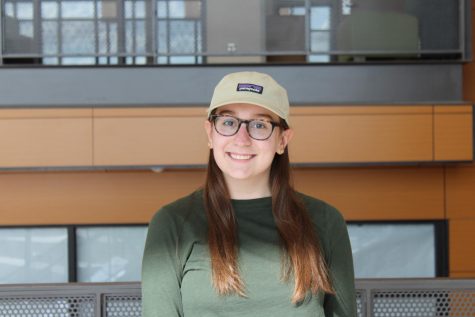Dissecting the success of EHS clubs
March 14, 2019
Edina High School is host to a variety of clubs that range from religion to pop culture to ping pong and board games. However, each club at EHS appeals to different types of students, and they experience varying levels of participation. Most of the clubs seem promising, but some are viewed as more successful than others.
Clubs revolving around a popular religion or language may experience regular participation because of the sheer volume of students who relate to the topic. Sophomore and member of the Thespian Club Olivia Blumenthal addressed the reason that she joined Edina Thespian Club and why she continues to attend meetings. “I think it’s fun to be part of a group of people with common interests,” Blumenthal said.
Senior and co-founder of the Bullet Journaling Club Jenny Guertin finds that students may be interested in a club, but their busy schedules can prevent them from attending. Guertin recounted, “initially we have a lot of people that are interested; I think we found it hard to find good meeting times just because of sports and everything.”
She also agrees with the idea that allowing clubs to meet during the school day would be beneficial to students. “I think taking time out of the school day to give the chance for kids to find other clubs and stuff to be a part of during the school day…is just a nice break from being at school,” said Guertin.
The Russian Pop Culture Club, like many other unique clubs at EHS, does not experience a regular group of members or consistent popularity. Sophomore and founder of the club Maria Linder notices a lack of attention in her club, and she attributes this to its newness, whereas other topics have “interest [that] already exists.”
Despite the perception that because her club has fewer members, it is less successful, Linder believes it is “pretty successful for what it’s trying to accomplish because it’s just meant to be a relaxed club.” Because she has shifted her club’s focus to learning from other Russian students and analyzing the similarities in pop culture from different regions, she does not view the number of members as a measure of the success of a club.

